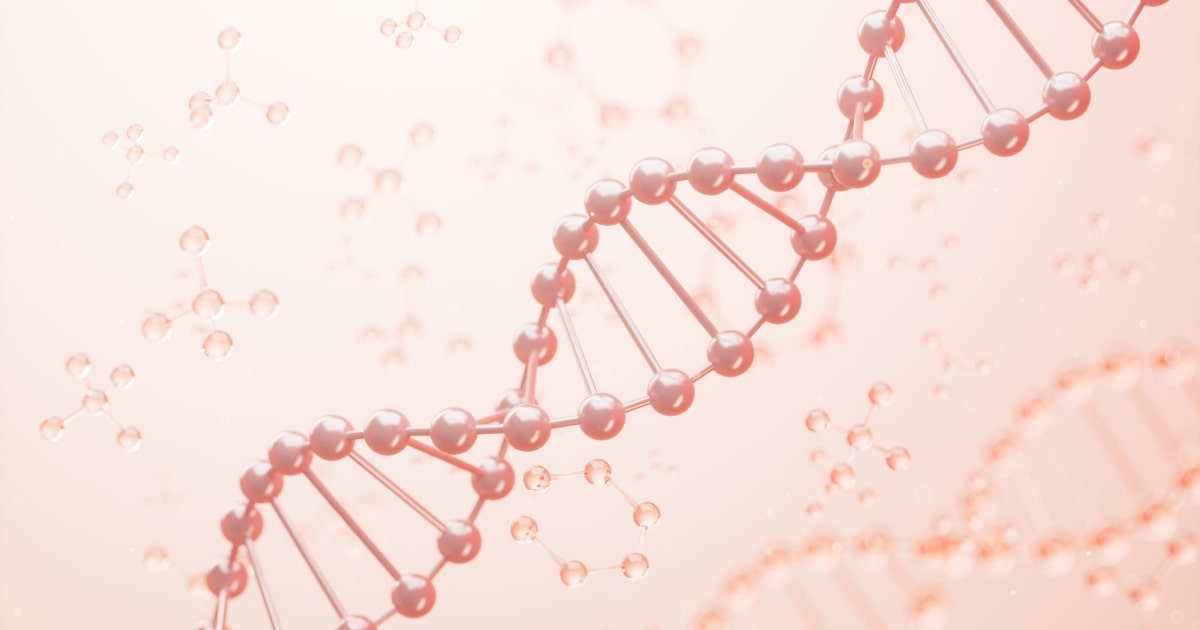
Expert Reviewed By: Dr. Brandon Colby MD
Introduction to Cranioectodermal Dysplasia 4
Cranioectodermal dysplasia 4 (CED4) is a rare genetic disorder that belongs to a group of conditions known as ciliopathies, which are caused by defects in the cilia, the tiny hair-like structures on the surface of cells. CED4 is characterized by a range of symptoms that can include craniofacial abnormalities, skeletal dysplasia, and ectodermal defects such as sparse hair and dental anomalies. The disorder is autosomal recessive, meaning that it manifests when a person inherits two copies of the defective gene, one from each parent.
Recent advancements in genetic testing have opened new avenues for understanding and managing this complex condition. A study involving a Chinese patient with cranioectodermal dysplasia and ectopic testis has identified novel variants of the WDR35 gene, expanding our understanding of the genotype-phenotype relationship in CED4. This discovery is crucial for genetic counseling and provides hope for better management of the disease.
The Role of Genetic Testing in CED4
Identifying Genetic Variants
Genetic testing plays a pivotal role in identifying specific genetic mutations responsible for CED4. By sequencing the genes of affected individuals, researchers can pinpoint variations that may contribute to the disorder. In the case of the Chinese patient, novel variants in the WDR35 gene were identified, which are believed to be responsible for the manifestation of CED4 symptoms. This information is invaluable as it helps in establishing a clear diagnosis and understanding the genetic basis of the disease.
Facilitating Early Diagnosis
Early diagnosis of cranioectodermal dysplasia 4 is crucial for managing symptoms and improving quality of life. Genetic testing can facilitate this by allowing for the identification of the disorder even before symptoms become apparent. This is particularly important for conditions like CED4, where early intervention can mitigate some of the more severe manifestations of the disease. Parents who are aware of their carrier status can also make informed decisions regarding family planning.
Guiding Genetic Counseling
Genetic counseling is an essential component of managing cranioectodermal dysplasia 4. With the insights gained from genetic testing, counselors can provide families with detailed information about the inheritance patterns, risks of recurrence, and implications of the disorder. This empowers families to make informed decisions about their health and future. The identification of novel WDR35 variants, as reported in the study, enhances the accuracy and effectiveness of genetic counseling for CED4.
Informing Treatment and Management Strategies
While there is currently no cure for CED4, understanding the genetic underpinnings of the disorder can inform treatment and management strategies. Genetic testing can help healthcare providers tailor interventions to the specific needs of the patient, potentially improving outcomes. For example, knowing the exact genetic mutation can guide the monitoring of associated conditions such as ectopic testis, as seen in the Chinese patient, and prompt timely surgical or medical interventions.
The Future of Genetic Testing in Cranioectodermal Dysplasia 4
The study of the Chinese patient with cranioectodermal dysplasia 4 highlights the importance of genetic research in expanding our understanding of rare diseases. As genetic testing technology continues to advance, it is likely that more genetic variants associated with CED4 will be discovered. This will not only enhance our understanding of the disease but also pave the way for the development of targeted therapies.
In conclusion, genetic testing is a powerful tool that is transforming the landscape of rare genetic disorders like cranioectodermal dysplasia 4. By uncovering the genetic roots of these conditions, we can improve diagnosis, guide treatment, and offer hope to affected families. The journey to unravel the mysteries of CED4 is ongoing, but with each discovery, we move closer to a future where genetic disorders are better understood and managed.
For further reading, please refer to the study here.
About The Expert Reviewer
Dr. Brandon Colby MD is a US physician specializing in the personalized prevention of disease through the use of genomic technologies. He’s an expert in genetic testing, genetic analysis, and precision medicine. Dr. Colby is also the Founder of and the author of Outsmart Your Genes.
Dr. Colby holds an MD from the Mount Sinai School of Medicine, an MBA from Stanford University’s Graduate School of Business, and a degree in Genetics with Honors from the University of Michigan. He is an Affiliate Specialist of the American College of Medical Genetics and Genomics (ACMG), an Associate of the American College of Preventive Medicine (ACPM), and a member of the National Society of Genetic Counselors (NSGC)